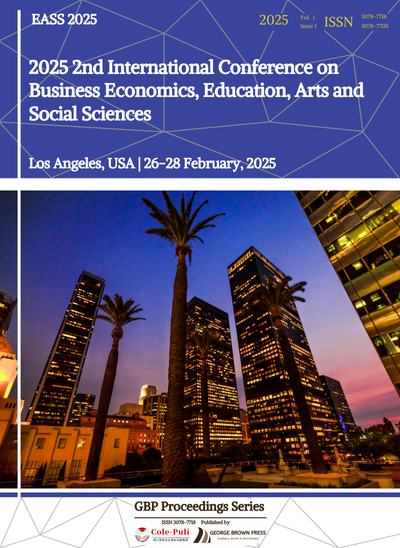How Interconnected Organizational Architecture Drive Long-Term Competitiveness: Comparative Case Study of Puig and Janus Henderson
DOI:
https://doi.org/10.71222/7sndjf49Keywords:
organizational architecture, assignment of decision rights, rewards and incentives, performance evaluationAbstract
This comparative study explores how organizational architecture influences long-term competitiveness through two contrasting cases. The Spanish family firm Puig successfully addressed intergenerational succession challenges by adopting family self-disempowerment — decentralize family control, integrate professional managers, and enforce talent selection process. In contrast, Janus Henderson’s structural flaws — centralized family control, excessive focus on quantifiable short-term incentives, and fragmented evaluations resulted in prolonged inefficiencies and capital outflows. Therefore, the analysis identifies three critical success factors: balanced allocation of decision rights to reduce information asymmetries, incentive systems bridging individual and organizational goals, and performance evaluations emphasizing collaboration over narrow metrics.
References
1. J. Brickley, C. Smith, J. Zimmerman, and J. Willett, "Using Organizational Architecture to Lead Change," J. Appl. Corp., vol. 21, no. 2, pp. 58-66, 2009, doi: 10.1111/j.1745-6622.2009.00226.x.
2. A. M. Julian, O. Wijngaard, and R. E. de Vries, "Compensation Preferences: The Role of Personality and Values,“ Sec. Person-ality Soc. Psychol., vol. 12, pp. 1-9, 2021, doi: 10.3389/fpsyg.2021.550919.
3. N. Rompho, "Do objectives and key results solve organizational performance measurement issues," Benchmarking: Int. J., vol. 31, no. 3, pp. 669-682, 2023, doi: 10.1108/BIJ-07-2022-0464.
4. D. Rigby and B. Bilodeau, "The Bain 2005 management tool survey," Strategy & Leadership, vol. 33, no. 4, pp. 4-12, 2005, doi: 10.1108/10878570510607997.
5. R. Gulati and D. Kletter, "Shrinking core, expanding periphery: The relational architecture of high-performing organizations," California Manag. Rev., vol. 47, no. 3, pp. 77–104, 2005, doi: 10.2307/41166307.
6. B. Uzzi, "Social structure and competition in interfirm networks: The paradox of embeddedness," in The Sociology of Economic Life, Routledge, pp. 213–241, 2018. ISBN: 9780429494338.
7. M. Azeem, et al., "Expanding competitive advantage through organizational culture, knowledge sharing and organizational innovation," Technology in Society, vol. 66, p. 101635, 2021, doi: 10.1016/j.techsoc.2021.101635.
8. H. Kirchherr and F. Holotiuk, "Organizational agility: Leveraging organizational structure in times of digitalization," Proc. 2017 ACM SIGMIS Conf. Computers and People Research, 2017, doi: 10.1145/3084381.3084420.
9. T. E. Maltbia and A. T. Power, A Leader's Guide to Leveraging Diversity, 1st ed. Routledge, 2008. ISBN: 9780080941264.
10. J. Black and K. La Venture, "The human factor to profitability: Leveraging people-centered cultures as meaningful organiza-tions," Public Integrity, vol. 20, no. 5, pp. 444-458, 2018, doi: 10.1080/10999922.2017.1364949.










